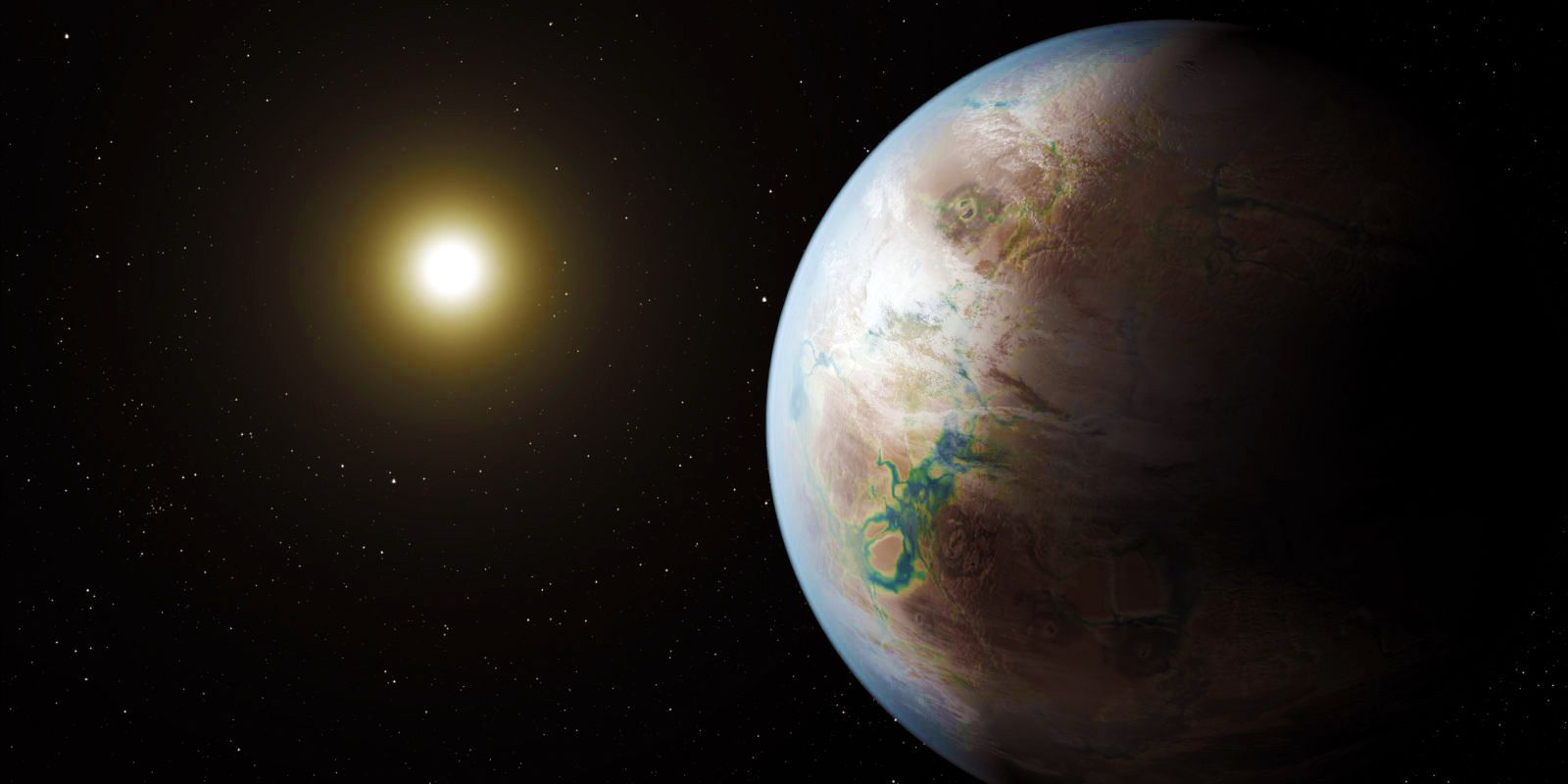NASA announced the discovery
of the first truly Earth-like planet On July 23, 2015. This find comes thanks
to the Kepler Space Telescope, which was launched in March of 2009 and has been
planet hunting for the last 5 years. Kepler
Space Telescope has found lots of exoplanets but this is one is very special.
It was a moment that would
go down in history, serving as a watershed moment for the discovery of
Earth-like planets. Kepler 452 is a Sun-like star that wanders through the
cosmos 1,400 light-years from Earth. It has the same surface temperature as our
Sun and nearly the exact same energy output. Ultimately, both the Sun and
Kepler 452 areG-typee yellow dwarfs. This means that Kepler 452’s habitability
zone (the area surrounding a star in which liquid water could theoretically
exist) is nearly identical to the Sun’s.
And if that’s not enough,
there’s a planet that orbits in a path that is nearly identical to Earth’s—it
falls in almost the exact same place as Earth does in our own solar system.
Since the star is so similar
to our own, this means that the length of a year on the planet is nearly
identical ours, and the amount of energy that the planet receives is strikingly
similar to what Earth gets. The world in question is Kepler 452b. It has an
orbit that is 385 days long (amazingly close to our own 365 day year), and it
receives just 10% more energy than the Earth does. All of these conditions make
habitation possible (if only we could get there).
Notably, Earth and Kepler
452b don’t just share orbits—they are twins in a plethora of other ways.
This article was initially published on Futurism. You can
read the article here.

